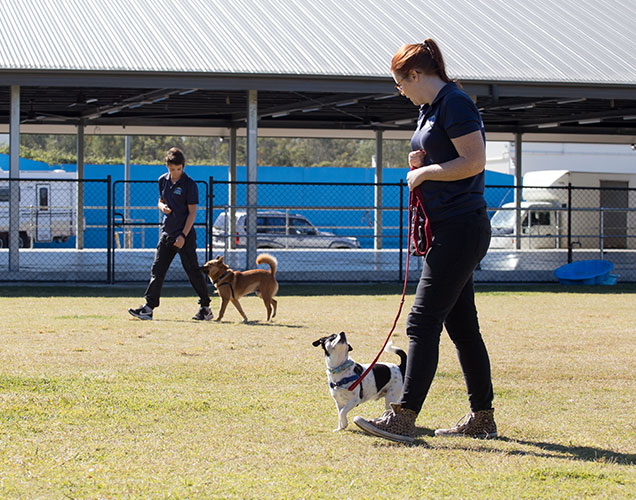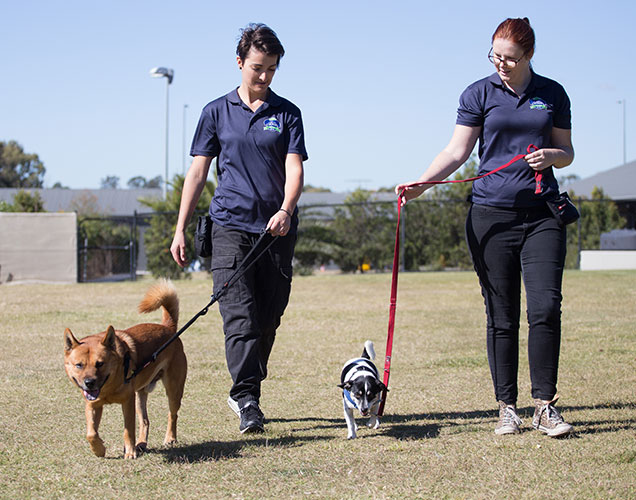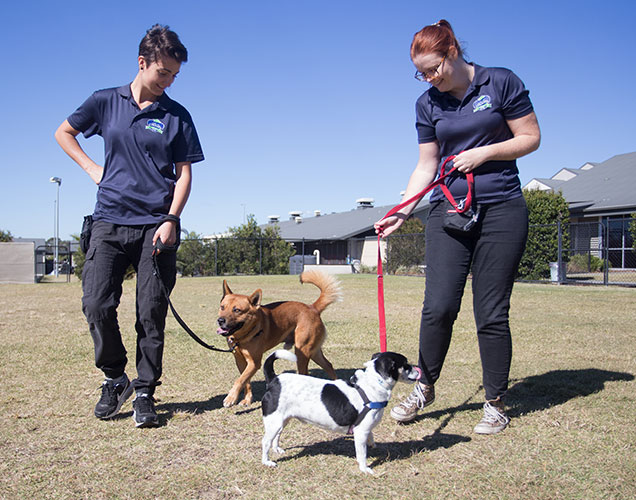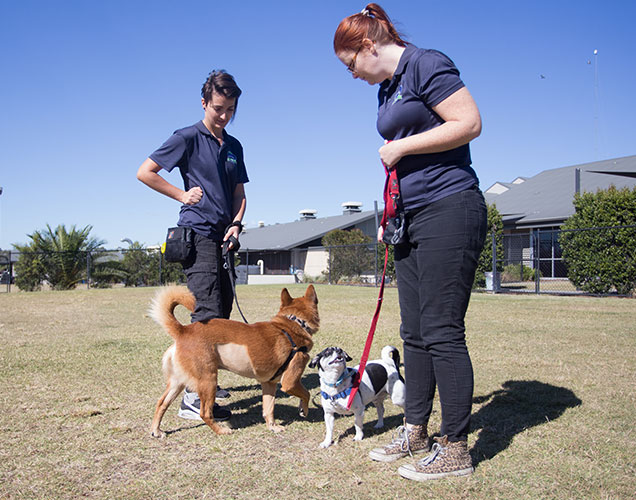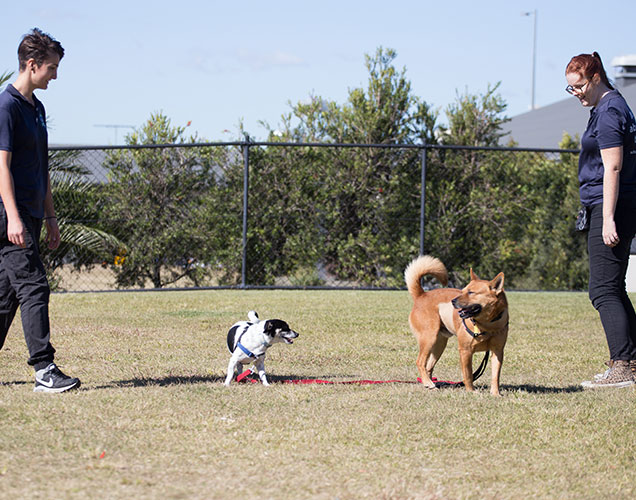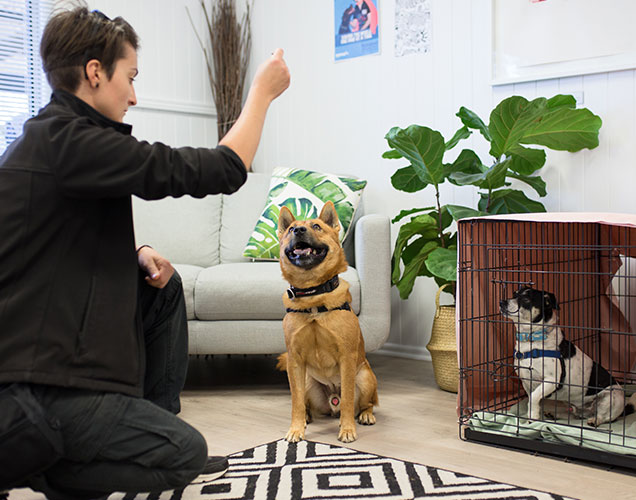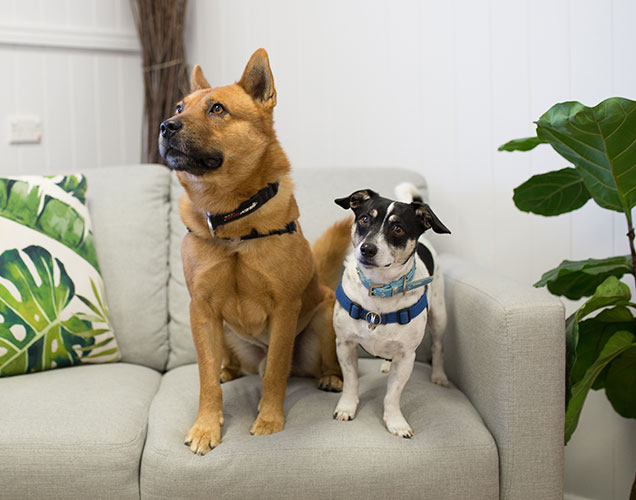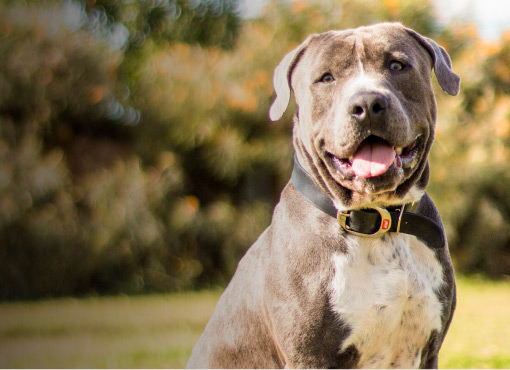Meeting new doggy friends can be exciting and even a little bit daunting. We have to remember that dogs have their own personalities and not every pet they meet will become their best friend (which is the same for us). So it is important to respect both dogs when it comes to introductions; from a new fur-sibling, foster dog, a friend’s dog or a new pet sitting opportunity.
This article can be found in Issue 7 of RSPCA’s Magazine The Biscuit, written by RSPCA School for Dogs Trainer, Carly Bowden.


